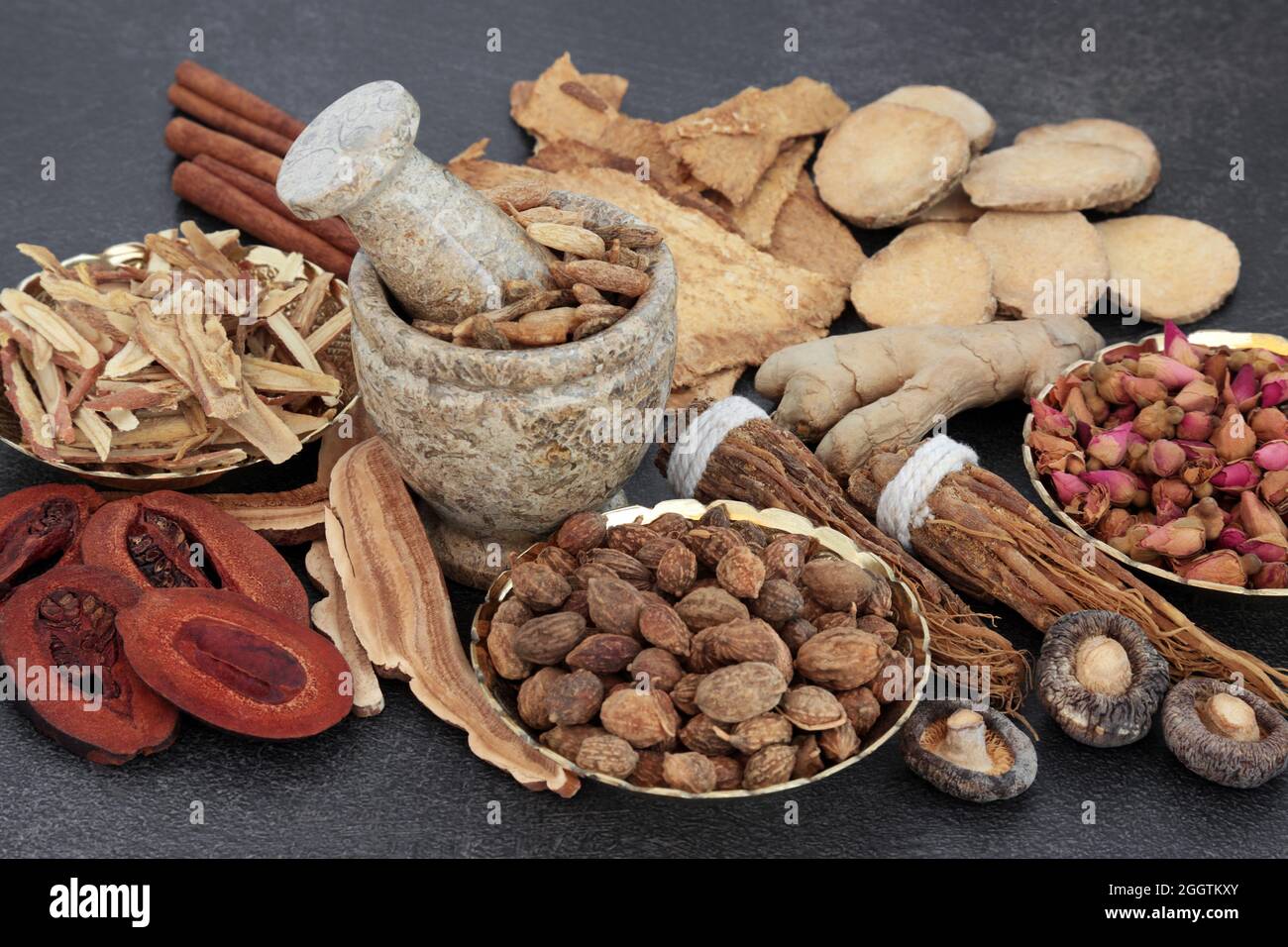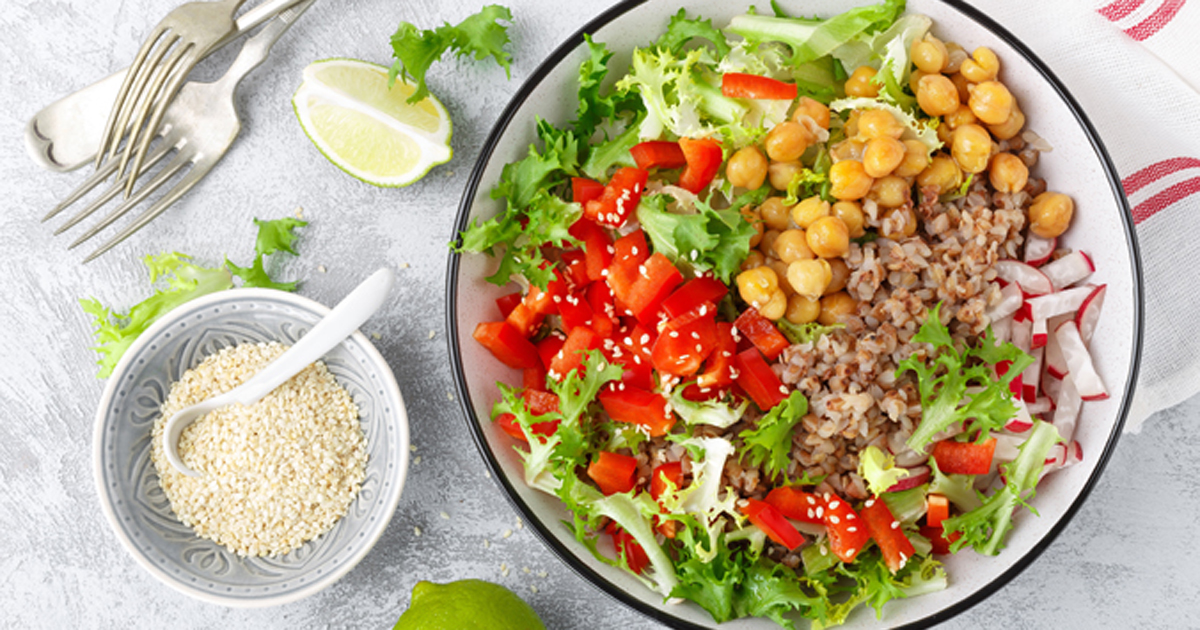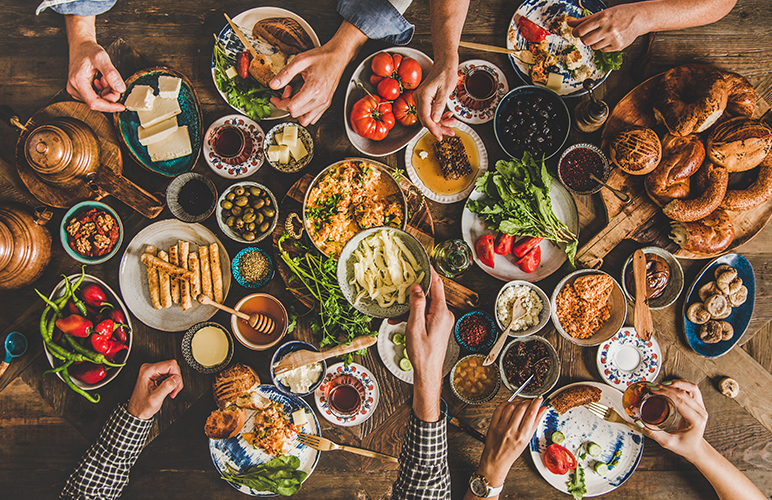
You're looking for easy vegetarian recipes? These quick and healthy meals will satisfy all your hunger pangs and not break the bank. Although vegetarians may be concerned about their diet, there are plenty of delicious options that can satisfy your cravings. And with a handful of quick and easy recipes, you can make a vegetarian dinner that's sure to please everyone in the family.
Delicious soup is my favorite way to eat vegetable. It's a delicious, filling and savory dish that can be easily prepared in the oven or microwave. These dishes can be prepared in a variety of ways, including a creamy leek and butternut squash risotto, or a hearty and savory butternut curry. These dishes are perfect for weeknight dinners.
Another quick and easy vegetarian dish that you can serve on a busy night is this delicious and healthy tofu stir-fry. This is a great recipe to get all the nutrition and protein you need to fuel your day. Every bite is savory and chewy thanks to the rich flavor of the sauce. For a salty and tangy twist to this recipe, you can add a piece of Halloumi Cheese.

Vegetarian cauliflower tacos make a healthy and delicious option for lunch or dinner. This tasty taco is made by either baking or air-frying cauliflower. These delicious tacos are also loaded with a tasty seasoning mix and creamy lime cilantro salad. This meal is rich in nutrients and flavor. It's served with tortilla chips, avocado, salsa, and tortilla chips.
Spiralized courgette makes a great way to eat vegetables. This easy and healthy meal can be made with fresh pesto (or chopped pine nuts). It's also easy to make simple soba noodles. A flavorful, stuffed noodle dish with red pepper and broccoli can be made in just 20 minutes.
Spiralized carrots are another way to enjoy vegetables. These vegetables are nutrient-dense and add unique texture and color to your meals. They can be added to a chickpea Greek dish to add color and superfoods.
A vegan rice dish is a great recipe for anyone who's watching their waistline. With a handful of vegetables, a protein source, and some spices, this dish can be made in just 30 minutes. It can be served as-is or mixed with chicken or prawns. For a final touch, you can add grated parmesan.

These five easy vegetarian dinner recipes will satisfy your cravings. These dinner recipes will satisfy any vegetarian, vegan, or mixed-meat eater. There are plenty of leftovers that you can enjoy later. These simple recipes will satisfy any craving for a quick, healthy meal.
FAQ
How can I lower my blood pressure
The first thing you need to do is find out what causes high blood pressure. Next, take steps that will reduce the risk. This could include eating less salt, losing weight if necessary, taking medication, etc.
Make sure you're getting enough exercise. Try walking if you don’t find the time.
A gym membership is a good idea if you don't like how much exercise your doing. You will likely want to join an exercise group that shares your goals. It is easier to adhere to a fitness routine when someone else will be there with you.
How often do I need to exercise?
It is important to exercise for a healthy lifestyle. However, there's no time limit on how much you should exercise. Finding something that you love and sticking with it is the key.
Three times per week, aim for 20-30 minutes moderate intensity activity. Moderate intensity will mean that you'll continue to be exerting yourself afterward. This type is good for burning around 300 calories.
Walking is a great option if you are a keen walker. You can do 10-minute walks four days per week. Walking is low-impact and easy on your joints.
You can also run for 15 minutes, three times per week. Running is an excellent way to lose weight and tone your muscles.
You can start slow if you are new to exercise. You can start with only 5 minutes per week of cardio. Gradually increase your cardio duration until reaching your goal.
What are the 7 tips to have a healthy life?
-
Eat right
-
Exercise regularly
-
Sleep well
-
Make sure to drink plenty of water.
-
Get adequate sleep
-
Be happy
-
Smile often
Why should we have a healthy lifestyle to begin with?
Living a healthy lifestyle can help you live longer and more happy lives. Good nutrition, exercise regularly, good sleep habits, and stress control can help you avoid diseases such as heart disease and stroke.
A healthy lifestyle will also improve our mental health by helping us cope better with everyday stresses. A healthy lifestyle will increase self confidence, and it will make us feel younger.
What is the difference of fat and sugar?
Fat is an energy source that comes directly from food. Sugar is a sweet, naturally occurring substance in fruits and vegetables. Both sugars and fats have the same calories. Fats however, have more calories than sugars.
Fats are stored in the body and contribute to obesity. They can increase cholesterol levels in the arteries and cause strokes and heart attacks.
Sugars are quickly absorbed and provide instant energy. This causes blood glucose to rise. High blood glucose levels can lead to type II diabetes.
What is the difference between a calorie or a kilocalorie.
Calories are units that measure the energy content of food. Calories is the unit of measurement. One calorie represents the energy required to raise one gram of water's temperature by one degree Celsius.
Kilocalories are another term for calories. Kilocalories measure in thousandths (or calorie) of a calorie. 1000 calories equals 1 kilocalorie.
How much should I weight for my height and age? BMI calculator and chart
Use a BMI calculator to determine how much weight is needed to lose. A healthy BMI range is between 18.5 and 24.9. You should lose about 10 pounds each month if you are trying to lose weight. Simply enter your weight and height into the BMI calculator.
To see if you're overweight or obese, check out this BMI chart.
Statistics
- In both adults and children, the intake of free sugars should be reduced to less than 10% of total energy intake. (who.int)
- According to the 2020 Dietary Guidelines for Americans, a balanced diet high in fruits and vegetables, lean protein, low-fat dairy and whole grains is needed for optimal energy. (mayoclinichealthsystem.org)
- nutrients.[17]X Research sourceWhole grains to try include: 100% whole wheat pasta and bread, brown rice, whole grain oats, farro, millet, quinoa, and barley. (wikihow.com)
- WHO recommends reducing saturated fats to less than 10% of total energy intake; reducing trans-fats to less than 1% of total energy intake; and replacing both saturated fats and trans-fats to unsaturated fats. (who.int)
External Links
How To
What does "vitamin" actually mean?
Vitamins are organic compounds found naturally in food. Vitamins allow us to absorb nutrients from food. Vitamins cannot come from the body so food must provide them.
There are two types: water-soluble and fat-soluble vitamins. Water soluble vitamins dissolve easily in water. Vitamin C,B1(thiamine), B2 (2riboflavin), and B3 (3niacin), as well as vitamin C,B1, B2 (riboflavin), and B3 (niacin), vitamin B6 (pyridoxine), vitamin folic acid (biotin), pantothenic, and choline are examples. The liver and fatty tissue are the main storage places for fat-soluble vitamins. These include vitamin D, E and K, as well as beta carotene.
Vitamins are classified according their biological activity. There are eight major types of vitamins.
-
A - essential for normal growth and maintenance of health.
-
C - vital for nerve function and energy generation
-
D - essential for healthy teeth and bones.
-
E is required for good vision and reproduction.
-
K – Required for healthy muscles & nerves.
-
P - vital for building strong bones andteeth.
-
Q - Aids in digestion and absorption.
-
R - necessary for making red blood cells.
The recommended daily allowance for vitamins (RDA) varies according to age, gender, or physical condition. RDA values are set by the U.S. Food and Drug Administration (FDA).
For example, the RDA for vitamin A is 400 micrograms per dayfor adults 19 years or older. However, pregnant women need 600 micrograms per day because it is important for fetal development. Children ages 1-8 require 900 micrograms per day. Infants below one year of age need 700 micrograms daily. But, between 9 months to 12 months of age, the amount drops to 500micrograms per days.
Children aged between 1-18 years old who are obese require 800 micrograms per Day, while overweight children need 1000 micrograms every day. Children underweight or obese will require 1200 micrograms a day to meet their nutritional requirements.
Children aged 4-8 who have anemia are required to consume 2200 micrograms of Vitamin C daily.
Adults over 50 years of age need 2000 micrograms per day for general health. Due to their increased nutrient needs, pregnant and breastfeeding women need 3000 micrograms daily.
1500 micrograms is the recommended daily intake for adults aged 70+, as they lose 10% of their muscle every ten years.
Women who are pregnant, nursing or breastfeeding need more than the RDA. Pregnant and breastfeeding women require 4000 micrograms each day during pregnancy and 2500 Micrograms each day after birth. Breastfeeding mothers need to consume 5000 micrograms each day when breastmilk has been produced.